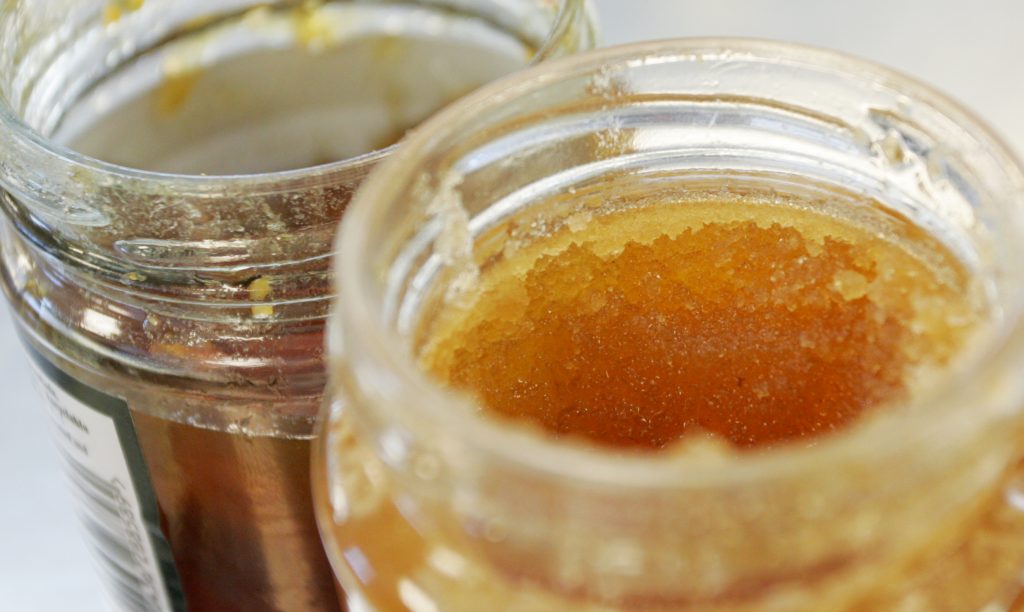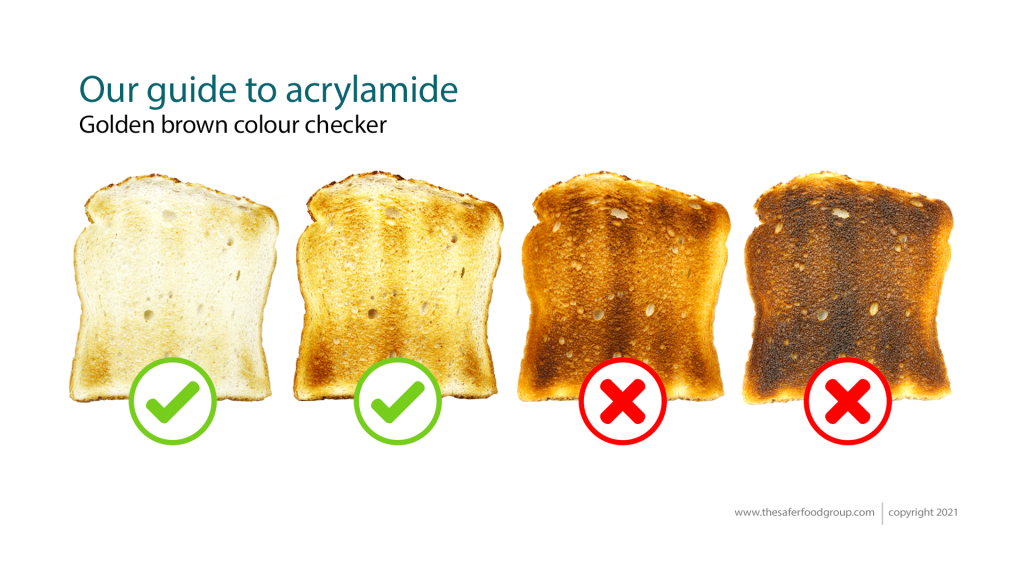Out of the 14 allergens, eggs, fish, milk, crustaceans and molluscs are animal-based and you may not therefore expect to find them in vegan foods. However, as it currently stands, food regulations in the UK do not demand food manufacturers to ensure any foods labelled as vegan are completely free from traces of animal proteins. There are disagreements in the industry around whether vegan foods should be allowed to contain traces of animal protein from unintentional sources, as long as ‘May contain’ statements are present. So how can food businesses manage allergies safely when it comes to vegan food?
For food businesses, it’s crucial to understand that the terms ‘vegan’ or ‘plant-based’ do not equate to being allergen-free. A common misconception is that vegan dishes are inherently free from allergens. However, vegan dishes can still contain allergens like nuts, soy, or gluten. Moreover, cross-contamination during food preparation can lead to the presence of animal products or proteins.
Allergens and cross-contamination
The first step in allergen management is understanding the ingredients used in vegan dishes. Food businesses should conduct thorough checks to identify potential allergens and understand the sources of their ingredients. This involves working closely with suppliers to ensure transparency and accuracy in ingredient labelling.
Cross-contamination is a significant concern, particularly in kitchens that prepare both vegan and non-vegan dishes. Implementing strict separation protocols can help mitigate this risk. This includes using separate utensils, cutting boards, and preparation areas for vegan dishes. Additionally, rigorous cleaning procedures should be in place to ensure that equipment and surfaces are free from animal products and proteins.
Team training
Knowledgeable staff are a critical component in allergen management. Regular training sessions should be conducted to educate staff about the different types of allergens, the risks associated with cross-contamination, and the proper handling of vegan dishes. Staff should also be trained to effectively communicate allergen information to customers.
Training should begin with raising awareness about the seriousness of food allergies and intolerances. Staff should understand that even a small amount of an allergen can cause severe reactions for some customers. Share real-life scenarios or experiences of individuals with food allergies. This approach helps staff to empathise by putting themselves in the customers’ shoes and understanding the anxiety and risks associated with dining out.
Menus should provide detailed information about the ingredients in each dish, including the presence of any of the 14 allergens. Staff should also be prepared to answer questions from customers regarding allergens and the preparation of vegan dishes.
Train your staff to actively listen and attentively respond to customers’ concerns. This involves acknowledging the customer’s needs, asking clarifying questions, and reassuring them that their requirements are understood and will be taken seriously. Ensure that staff can provide clear and accurate information about the ingredients in each dish. They should be comfortable discussing how the food is prepared and able to suggest alternatives if necessary.
The more knowledgeable employees are about the menu and food preparation processes, the more confidently and patiently they can handle allergen requests. Regular training sessions should include updates on menu changes, food preparation methods, and cross-contamination prevention practices.
For support with training your team in allergen awareness and management, take a look at our Level 2 and Level 3 courses to build confidence and awareness in your team.
Reviews and audits
Regular reviews and audits of allergen management practices are essential. This helps in identifying any gaps in the process and implementing corrective measures. Audits can include checking the effectiveness of cross-contamination protocols and reviewing staff training programs.
Transparency is key in allergen management. Food businesses need to be upfront about the potential risks of cross-contamination and the presence of allergens in vegan dishes. This not only builds trust with customers but also helps in making informed choices.
As the demand for vegan dishes continues to grow in the UK, so does the responsibility of food businesses in managing allergens safely. By understanding the ingredients, training staff, implementing cross-contamination protocols, communicating clearly with customers, and conducting regular reviews, food businesses can effectively manage allergens in vegan dishes. Remember, the vegan label is not a guarantee of an allergen-free product.


